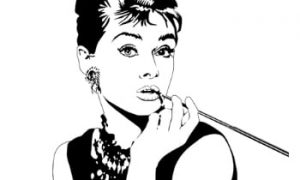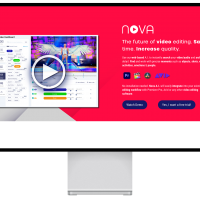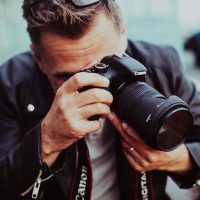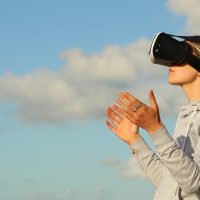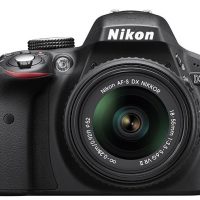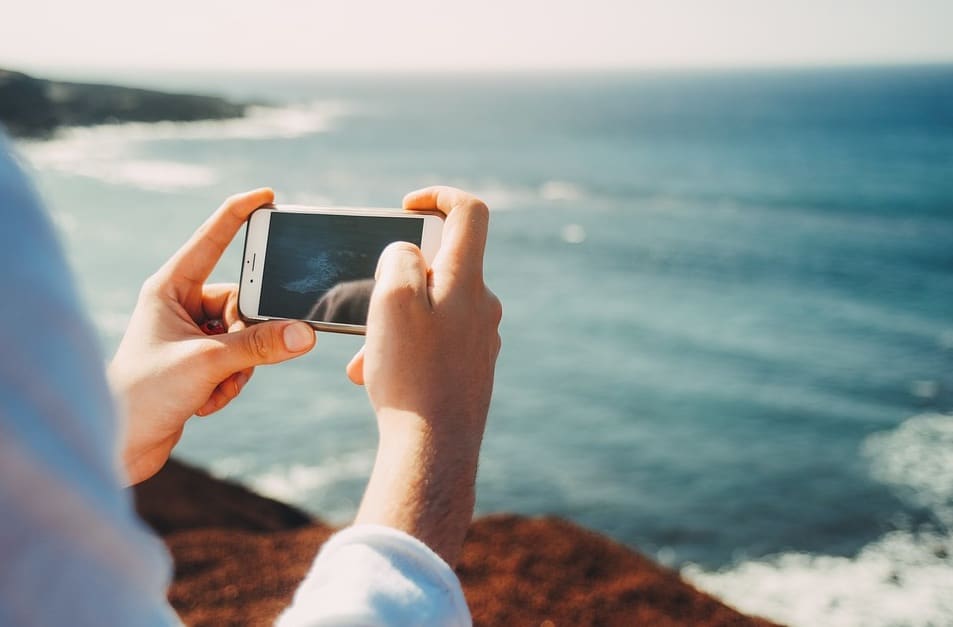
It has become increasingly difficult to tell the difference between the quality of a short film shot on a high-quality smartphone camera, such as Ash Tailor’s "12 Hours in London," and that of a professional Hollywood production. The average consumer with a modest budget and a little photography know-how now has it within their means to shoot surprisingly professional-looking footage on affordable technology. Here are some examples of great short films shot with technology accessible to the average consumer.
"Tangerine": Shot on a Smartphone
One of the most significant short films shot on a smartphone is "Tangerine," which was filmed entirely on three iPhone 5S handsets. It premiered at the 2015 Sundance Film Festival and was picked up for distribution by Magnolia Pictures. Director Sean Baker says the decision to shoot on a smartphone was based on budget restrictions and encouraged by the discovery that it was possible to shoot in true scope widescreen ratio on a smartphone using Moondog Labs’ anamorphic adapter technology. Baker realized that shooting this way would save the production budget a significant amount of money.
While shooting, Baker used a Steadicam Smothee stabilizer to hold his smartphone camera steady. To achieve aesthetic effect, he captured the film using the Filmic Pro app to achieve HD quality and then oversaturated the film’s colors in post-production with DaVinci Resolve color correction. The film was finally edited in Final Cut Pro using the same techniques that would be used for editing any other film.
Baker says he doesn’t feel he did anything special with his cinematography. He thinks any amateur filmmaker could achieve similar quality by following some very basic steps.
"Not So Fast": Low-budget Lighting with a Trash Can
Lighting is another part of filmmaking you don’t need a Hollywood budget to manage. Director David F. Sandberg relates how he simulated a sea of darkness for a scene in his short horror movie "Not So Fast" with some very simple, inexpensive equipment. Sandberg set up a black background screen, shone a light near his actress’ face for contrast, and controlled the lighting by rigging up a rolling dolly with an IKEA trash can lined with aluminum foil and lit by a compact fluorescent bulb. Short film director Andrew Rivara once used some desk lamps to shoot in a room where fresnels were not an option, supplemented by lighter diffusion grades, black wrap and dimmers.
Ryan Connolly has a video demonstrating how to make your own all-purpose light kit on a budget using assorted bulbs, spray paint to simulate gelled bulbs, clamp lights, a bathroom fixture for strip lights, a paper lantern kit for soft light, an LED lantern for a fill light, dimmers, PowerDisc strobes, shower curtains for diffusion, poster boards for bounce boards, extension cords, power strips and triple taps. If you’re truly pressed for lighting equipment, one nice feature of some high-end smartphones like the Samsung Galaxy S7 edge is that they feature night and low-light shooting modes which help optimize shots for shooting in these conditions.
"Tom & Issy": Recorded with a Smartphone Microphone
When singer-songwriter team Roger Michell and Ellie Goulding recorded their short film "Tom & Issy" on a Nokia smartphone, they used an external mic for the audio. Smartphone microphones are not designed for the type of audio quality needed for filmmaking and are best supplemented with an external mic. One of the easiest ways to do this is to wear a smartphone lapel (lavalier) microphone connected to your phone with an adapter. You will also want an audio recorder app to optimize your sound levels. Before you start recording, put your phone in airplane mode to avoid interruptions, advises photographer Harry Guinness.











